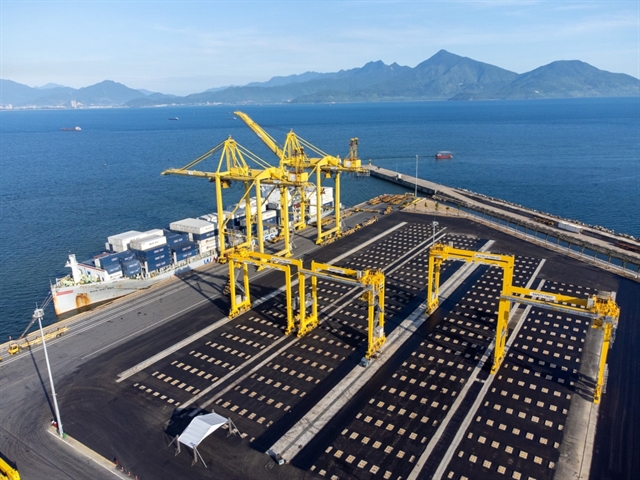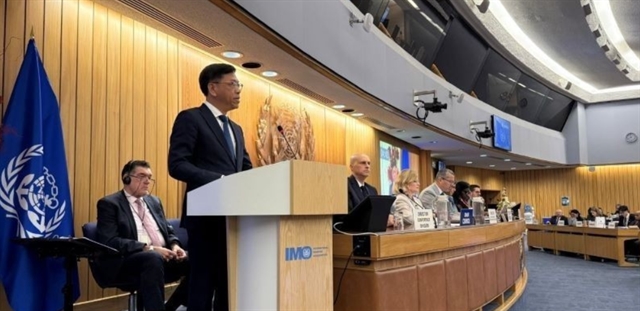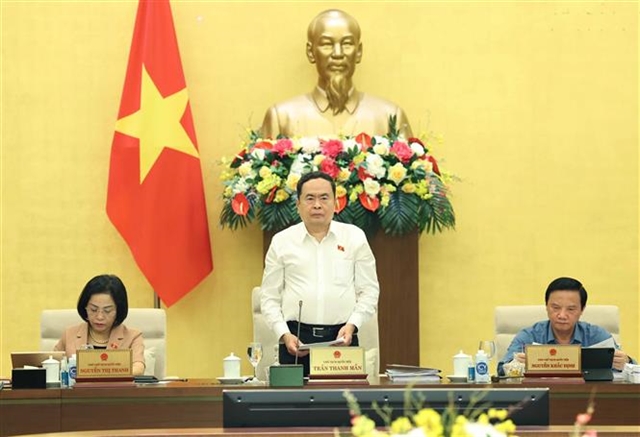 Politics & Law
Politics & Law

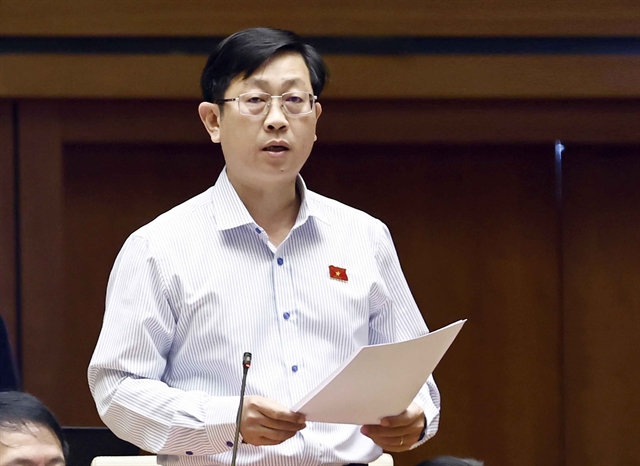 |
| National Assembly Deputy Nguyễn Hữu Thông. — VNA/VNS Photo Doãn Tấn |
The Law on Geology and Minerals was approved by the National Assembly (NA) during its recent eighth session. NA Deputy Nguyễn Hữu Thông from Bình Thuận Province spoke to Tài nguyên & Môi trường (Natural Resources & Environment) newspaper on how this law establishes a robust legal framework for management and mining of mineral resources for national socio-economic development.
How does the approval of the Law on Geology and Minerals impact State management efficiency regarding national geological and mineral resources?
The NA approving the Law on Geology and Minerals during its recent session marks an important step in establishing a clear legal framework to address current shortcomings, and elevating geological and mineral resources into a driver for socio-economic development.
This law helps protect and enhance the effectiveness of State management over these valuable resources while ensuring sustainable, economical and efficient use, thereby contributing to the country’s sustainable development.
Geological and mineral resources are not only crucial for socio-economic development, they also serve as a long-term national reserve. These resources require comprehensive planning, assessment and surveying; centralised and unified management; as well as sustainable, economical, and efficient exploitation to meet both immediate and long-term demands.
The enactment of the Law on Geology and Minerals, after more than 13 years of implementing the Mineral Law, aims to institutionalise the Party’s stance, direction and policies, improve the legal framework for activities related to geology and mineral resources, ensure consistency within the legal system; and align with international agreements and commitments to which Việt Nam is a signatory. It also addresses the shortcomings and limitations of the current Mineral Law.
Notably, the enactment of the Law on Geology and Minerals will help resolve challenges arising from the current procedures and processes related to mineral exploitation, thereby ensuring the provision of regular building materials for infrastructure projects, particularly national key projects such as the North-South high-speed railway – which has garnered significant attention from NA deputies, voters and the public and was recently approved by the NA through a resolution on the project’s investment policy.
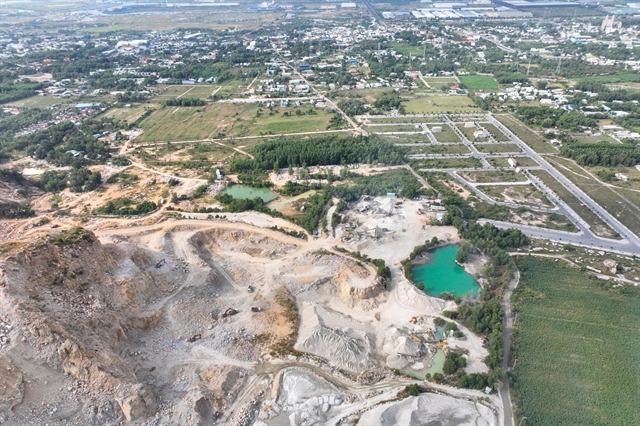 |
| A quarry in operation in the southern Bà Rịa-Vũng Tàu Province's Phú Mỹ Town. — VNA/VNS Photo Hoàng Nhị |
The Law on Geology and Minerals highlights the delegation of power to provinces, based on clear responsibilities tied to each management entity’s authority. How does this enable localities to better leverage their mineral resources?
Articles 80, 81, 82 and 83 of the 2010 Mineral Law stipulate the decentralisation of mineral management. Specifically, the Government oversees the State management of minerals; the Ministry of Natural Resources and Environment is responsible to the Government for nationwide State management of minerals; and the provincial, district and commune-level people’s committees are in charge of their respective jurisdiction and authority.
However, the current decentralisation of State management over mineral resources, as well as the exercise of authority and responsibilities at different levels on this matter, remains limited and inconsistent.
Proper decentralisation of mineral resource management according to local conditions can foster initiative and innovation in the effective management of mineral resources in specific areas, contributing to overall mineral resource management.
To address these shortcomings, the 2024 Law on Geology and Minerals establishes a clear legal basis for robust decentralisation to provinces, while clearly defining the responsibilities and authority of each management entity.
Delegating mineral resource management to localities, as stated in this law, not only facilitates mineral exploitation to meet the material demands for local socio-economic development but also ensures efficient utilisation of small-scale resources, curbs illegal mining activities, increases local revenue, and promotes economic development. This also helps protect natural resources and the environment at both the local and national levels.
Additionally, this law strengthens environmental protection efforts and harmonises the interests of the State and organisations, individuals involved in mineral exploitation, and the communities where such activities take place. This allows localities to effectively leverage their mineral resources to ensure sustainable socio-economic development in compliance with legal regulations.
What measures need to be taken to ensure the effective implementation of the Law on Geology and Minerals?
To ensure the Law on Geology and Minerals is effectively implemented in practice, I believe several measures should be prioritised.
The Government needs to develop and finalise detailed regulations and guidelines related to the law to ensure its effective enforcement, in addition to organising training programmes for public officials on the law’s content and provisions for effective application in their daily work.
Other priorities include communication about the law and its benefits for localities and communities, as well as solutions to develop databases and information systems to manage and use mineral resources sustainably and efficiently.
I also recommend that the Government and relevant authorities strengthen the inspection and supervision of the law’s implementation at the local level to ensure compliance and effectiveness in mineral resource management. — VNS

